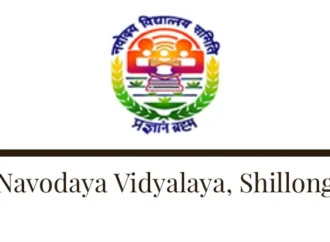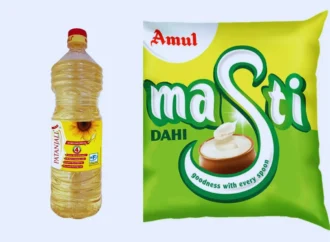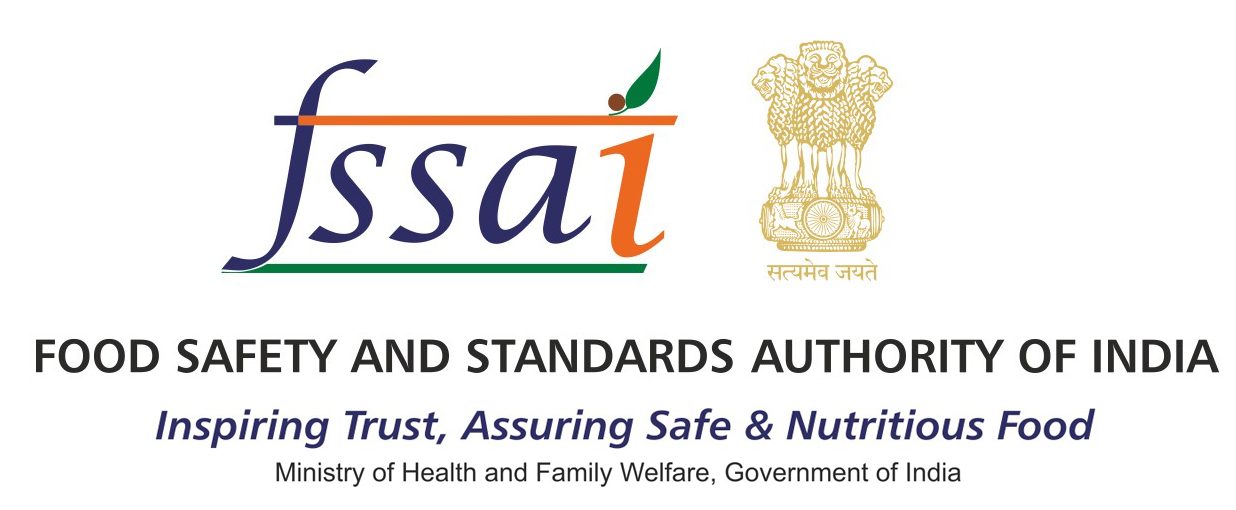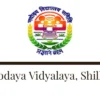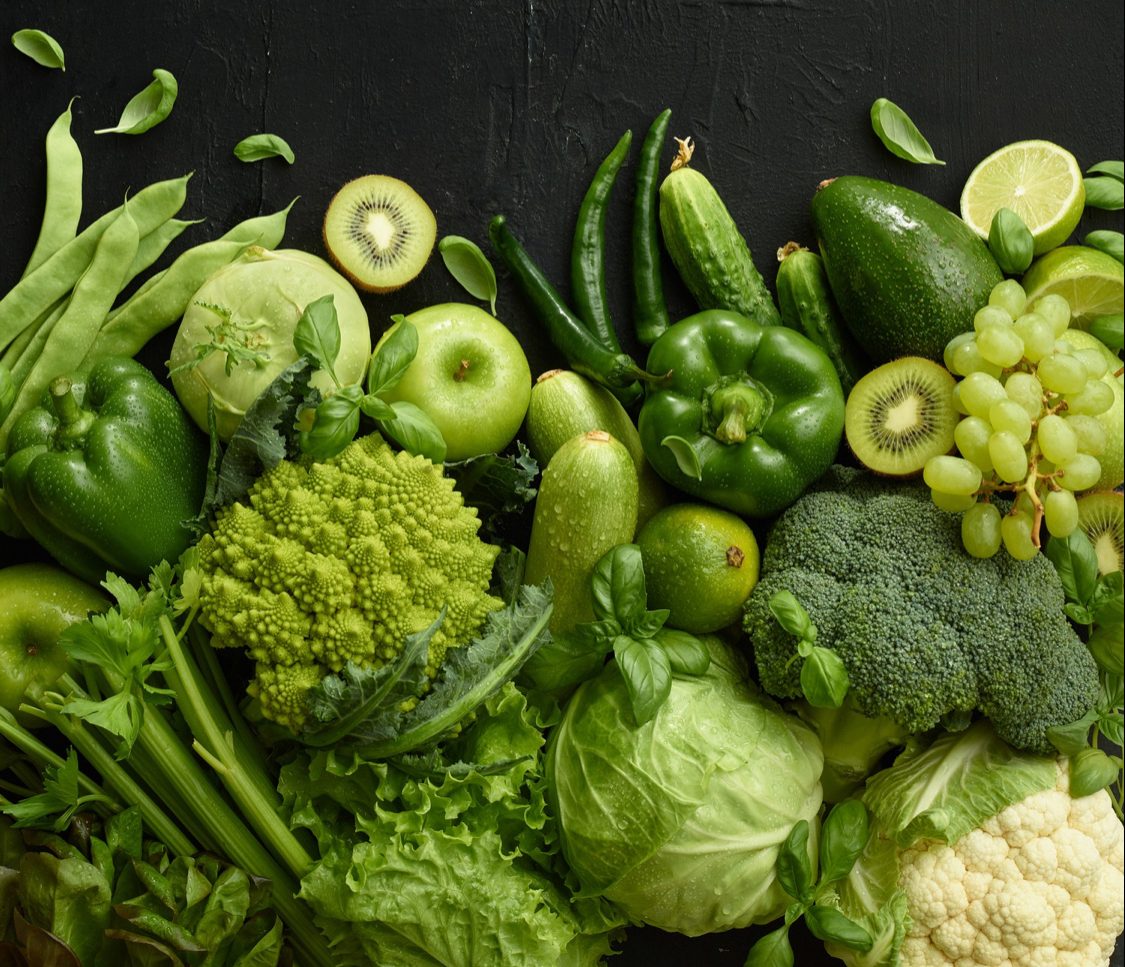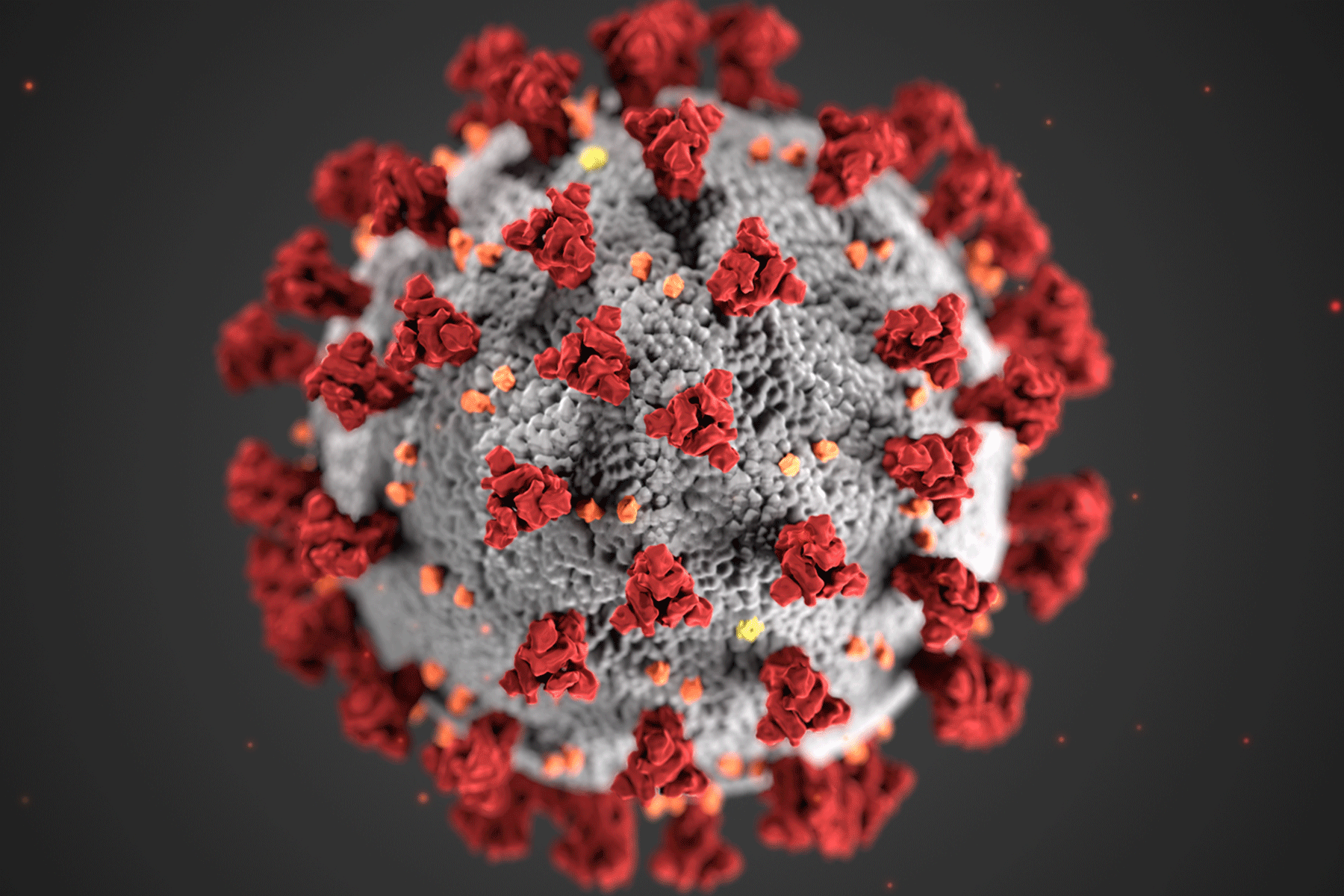Authors: Linda Joise George, Kochurani Abraham & Sunitha Poulose
Introduction
Potato chilli, a popular and flavourful snack in India, is known for its unique taste and texture. However, its safety can be compromised due to improper storage and handling practices. A key factor contributing to microbial contamination, particularly from yeast and mould, is poor air circulation during storage. When potato chilli is stored in airtight containers or environments lacking proper airflow, moisture builds up on the snack’s surface, creating a damp atmosphere that encourages the growth of yeasts and moulds. This issue becomes even more problematic when the snack is stored past its “best before” date, as the effectiveness of preservatives diminishes over time, increasing the risk of microbial growth and associated health hazards.
Objective
The objective of this study was to investigate the role of poor air circulation in fostering microbial contamination in potato chilli, with a particular focus on the growth of yeast and mould. The research aimed to highlight the impact of storage conditions on microbial proliferation and offer insights into effective prevention strategies.
Method
To evaluate microbial contamination, a 250-gram sample of fried and seasoned potatoes was analyzed. Total Plate Count (TPC) was conducted using the Bacteriological Analytical Manual (BAM, 8th Edition, Chapter 3), and yeast and mould levels were assessed according to Indian Standard IS 5403.
Key Findings
The analysis revealed considerable contamination in the potato chilli sample, with yeast and mould levels surpassing acceptable limits. Additionally, the total aerobic plate count exceeded regulatory thresholds, indicating that microbial growth was likely due to suboptimal storage conditions, including poor air circulation and excessive moisture.
Conclusion
This study underscores the considerable risk of microbial contamination in potato chilli, particularly when it exceeds its “best before” date. The degradation of preservatives and subsequent yeast and mould growth highlights the need for strict adherence to storage guidelines. To mitigate health risks, it is essential to enforce effective shelf-life management, optimize storage conditions, and maintain the use of preservatives. By taking these precautions, the safety and quality of potato chilli can be ensured, preventing potential health hazards for consumers.
 Food Manifest
Food Manifest 
